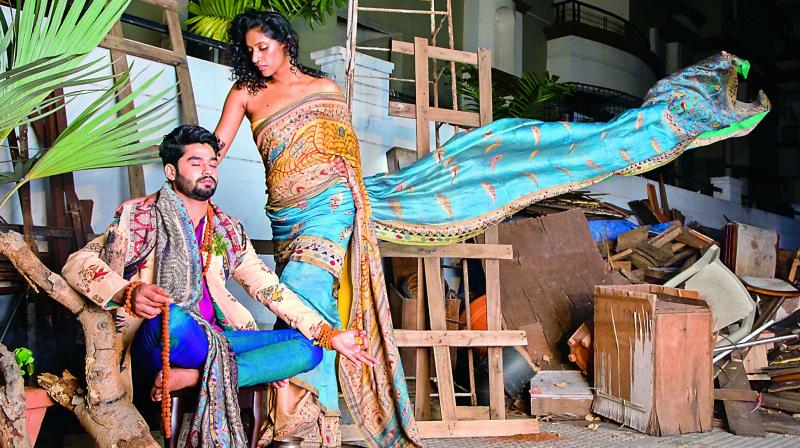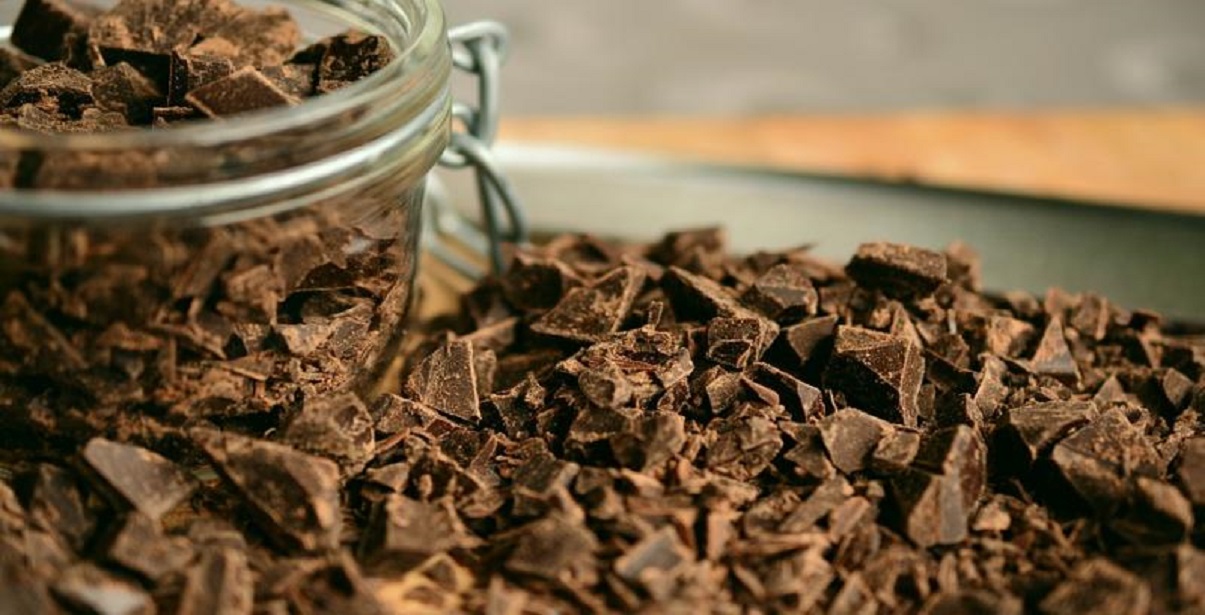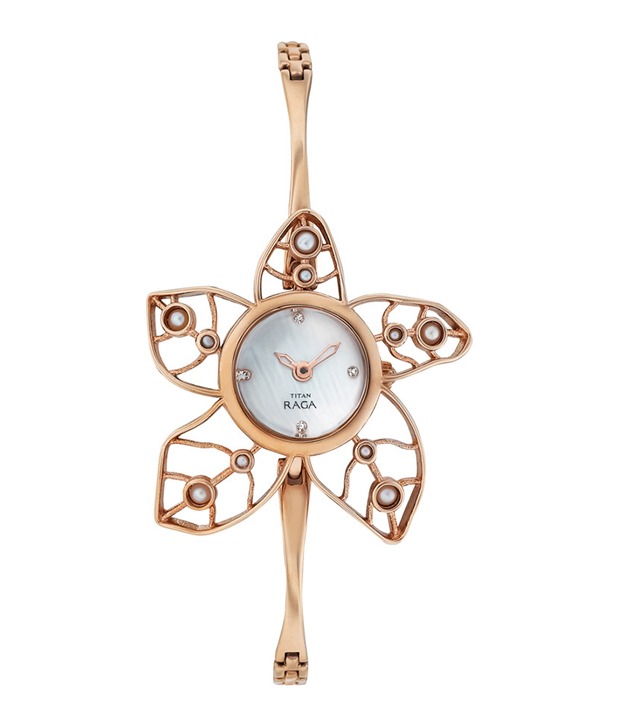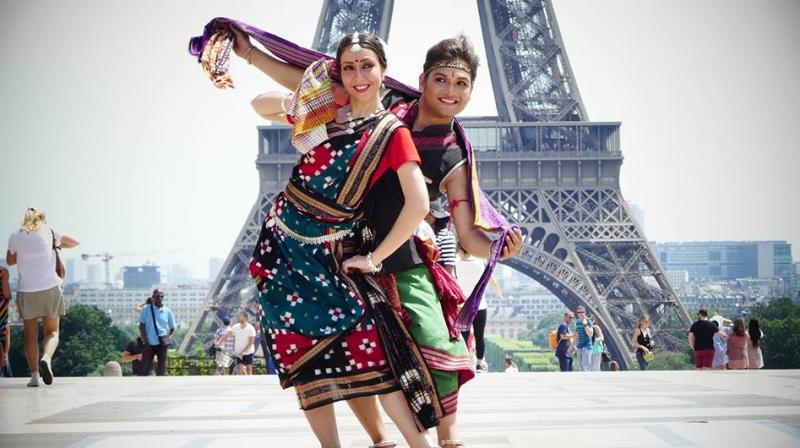Weaving sustainability into Indian fashion

From recycling to eating local foods that are sustainably farmed, people are getting increasingly conscious about going green. So, it comes as no surprise that “eco-friendly fashion” has started trending and many celebrities don eco-friendly outfits.
Along these lines, Perth-based Australian eco-fashion designer/visual artist Zuhal Kuvan-Mills of Green Embassy has organised the very first International Eco Fashion Week Australia, and the only designer representing India at the event is well-known city-based designer, Shravan Kumar.
Describing the event, Shravan says, “Nearly 84 countries are going to be a part of this event and I am thrilled to go there. It is a one-of-its-kind event and will present only the most creative and beautiful sustainable designs.”
While many other big Indian designers also wanted to be a part of the event, Shravan was chosen for reviving the lost Ahmedabadi art form of Mata ni Pachedi, which translates to ‘Mother Goddess temple cloths’ (used to decorate idols). It is one of the few craft practices that is keeping in close touch with its history, existing as a traditional hand craft in a fast modernising India.
Ask Shravan, who has been working with weavers and Kalamkari artists, about what inspired him to go all the way to Gujarat, and he says, “While I was researching, I found that the origin of Kalamkari is from Gujarat and more specifically from Mata ni Pachedi. I realised that the art form was endangered and that the artisans who make these saris, the Chitara family, were not paid properly as well. The intricate designs and motifs of Mata ni Pachedi interested me a lot and I decided to take this further.”




